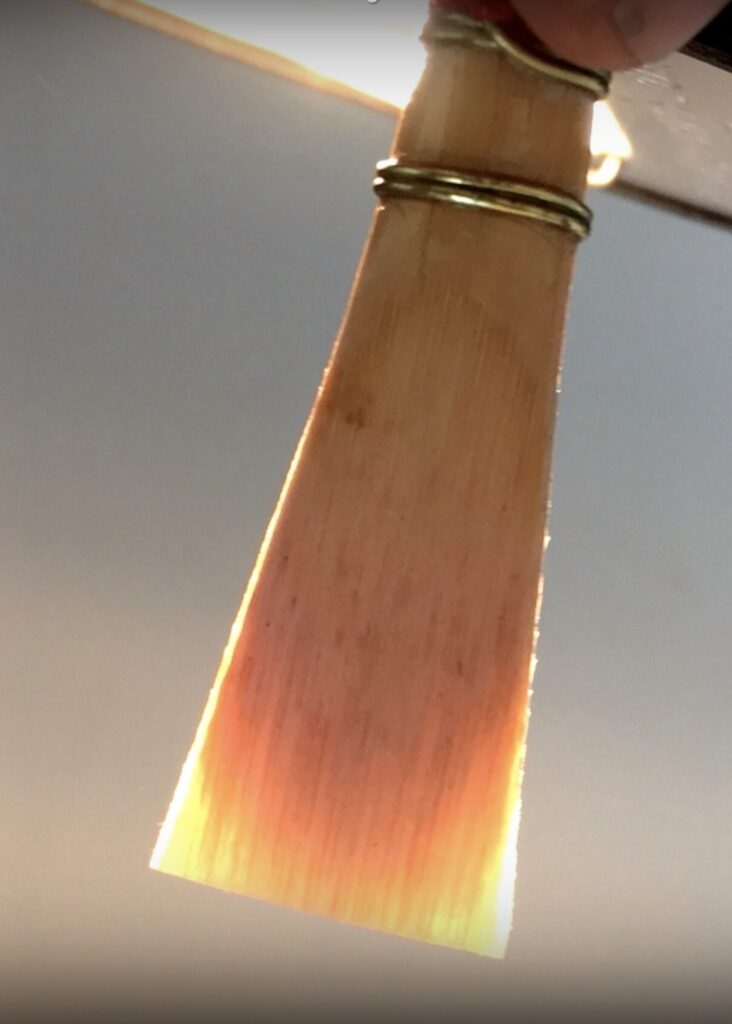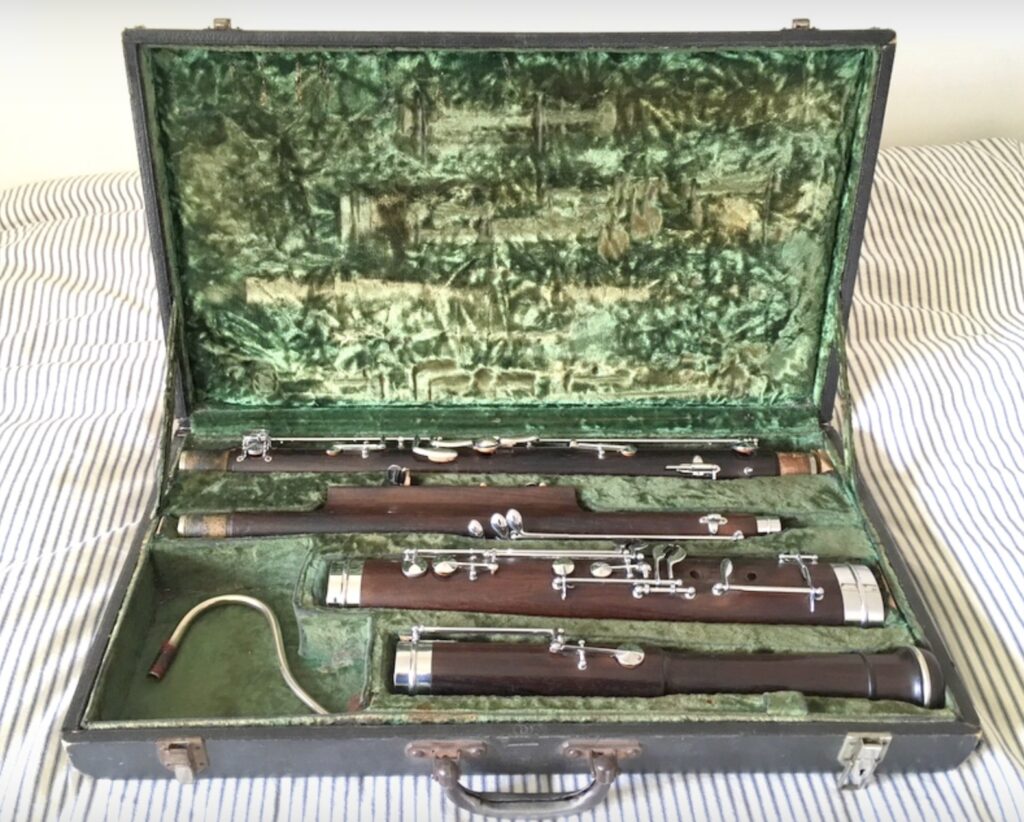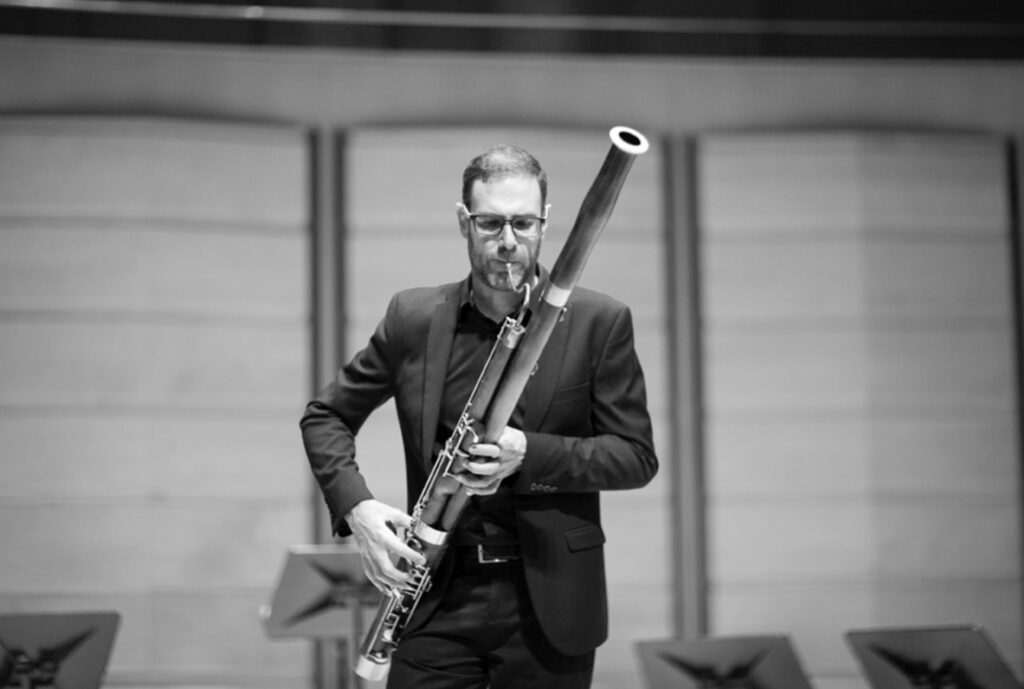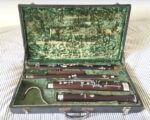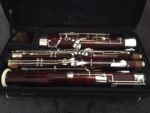Alan is the current treasurer of the Australian Double Reed Society and a lover of all things double reed. In particular he has an appreciation with period oboe’s and bassoons. Predominantly an oboist having worked with the Tasmanian Symphony Orchestra for over 20 years, Alan is a real gentleman and has been coaxing the baroque oboe and bassoon to sing.
My Bassoon is a Buffet, French System, made in 1940 in occupied France, so a year older than me. I bought it in 1973 for $250 when I was working as second Oboe in the Elizabethan Trust Sydney Orchestra (later the AOBO) from Jonas Moham, a Swiss bassoonist freshly arrived from France. No-one would give him work on this instrument so he had to rapidly change to Schreiber. He told me that it had been put together from various pieces by Fernand Oubradous, a leading Parisian bassoonist and teacher, so by the date one would have to think war -time austerity played a role. This instrument has no high D key which was not standard until much later, as was the F#/G# trill mechanism. However this is the instrument for which the famous high bassoon solos of Stravinsky and Ravel were written.
As an oboist I tried always to use fingerings which avoided sliding – on this one however sliding is part of the standard technique and totally unavoidable so one has to get used to doing it accurately. The original crook is the only one I have. The reeds are definitely quite different and a little larger than the German style, the classic French reed having a perfect taper from tip to the the back. This means the wood at the back of the reed is left thick and strong and there is absolutely no spine to the reed. The English players still on the French system in the the 1950’s and 60’s (and there were some good ones, Cecil James being reasonably well known) tended to soften the rather dry French sound by thinning along the sides a bit and I have tried to to do this with my own reeds. I have still not found the perfect reed, but am making headway and some of the reeds I have now will go up to top E without too much hassle. The case is the original one as sold to me by Jonas.
My very first attempt at bassoon was in 1960 when I was lent one by Professor John Bishop from Adelaide Conservatorium. I was a young and very green schoolboy at the time and he probably let me have it as a sort of experiment, it was a Milhouse 8keyed instrument from about 1830 which sat in their library. I wrestled with that but did make some headway, and then went back to oboe in the next year. In 1966 I went as a chemistry student to Bern University in Switzerland for a couple years; in Bern at that time the local Symphony Orchestra had an Italian first bassoonist on French system and a German Swiss second on German, so both versions were still around. When the little University student orchestra (not the Bern Conservatorium) were looking for a bassoonist I put up my hand and went to the local instrument repairer who had bassoons of both systems and after the Milhouse (essentially Baroque fingerings) the French system was much easier to get at so I hired a Buffet and went from there. Jonas’ instrument sat in my cellar for a long time, but this year I have been giving it a real go, playing second to Julian Bush in the Derwent Valley Concert Band, and it has been a fascinating voyage.

